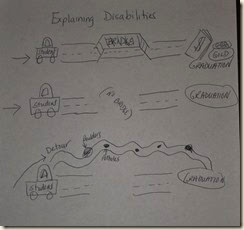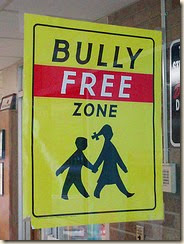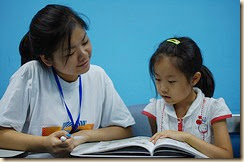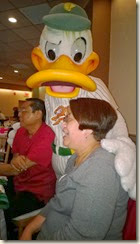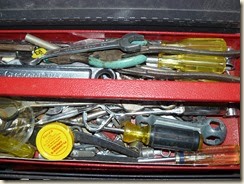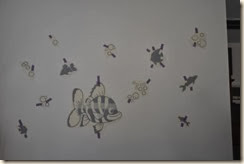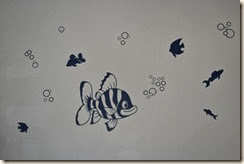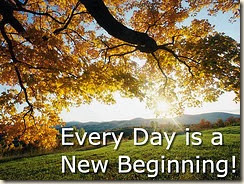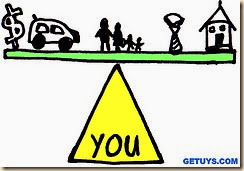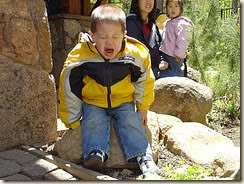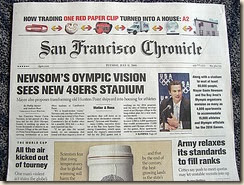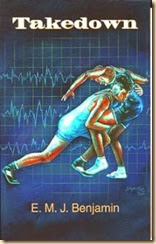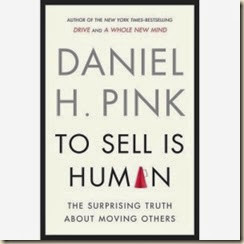 I recently read the book To Sell is Human by Daniel Pink. It was an awesome book chock full of things I wanted to remember. Here are some quotes from the book.
I recently read the book To Sell is Human by Daniel Pink. It was an awesome book chock full of things I wanted to remember. Here are some quotes from the book.
1. A world of flat organizations and tumultuous business conditions – and that’s our world – punishes fixed skills and prizes elastic ones.
2. Patients heal faster and better when they’re part of the moving process.
3. Health care and education both revolve around on-sales selling: the ability to influence, to persuade, and to change behavior while striking a balance between what others want what you can provide them.
4. Attunement, buoyancy, and clarity: These three qualities, which emerge from a rich trove of social science research are the new requirements for effectively moving people on the remade landscape of the 21st century.
5. Increase your power by reducing it.
6. Use your head as much as your heart.
7. Mimic strategically
8. Ambiverts…These are people who are neither overly extroverted nor wildly introverted.
9. Selling…requires a delicate balance of inspecting and responding. Ambiverts can find that balance. Ambiverts are the best movers because they’re the most skilled attuners.
10. Conversations help us understand and connect with others in ways no other species can.
11. The 3 key steps (to strategic mimicry) are Watch, Wait, and Wane.
12. (The empty chair) It’s there to remind those assembled who’s really the most important person in the room – the customer.
13. How to stay afloat amid that ocean of rejection is the second essential quality in moving others.
14. Questioning self-talk elicits the reasons for doing something and reminds people that many of those reasons come from within.
15. It’s the golden mean of well-being, the magic formula for flourishing, the secret numerical code of the satisfied: 3 to 1 (positive to negative emotions)
16. When something bad occurs, ask: Is this permanent? Is this pervasive? Is this personal?
17. The more you explain bad events as temporary, specific, and external, the more likely you are to persist even in the face of adversity.
18. (Negativity and negative emotions) They prevent unproductive behaviors from cementing into habits. They deliver useful information on our efforts. They alert us to when, we’re on the wrong path.
19. …The most essential question you can ask is this: Compared to what?
20. Framing a sale in experiential terms is more likely to lead to satisfied customers and repeat business.
21. Merely assigning that positive label – helping the students frame themselves in comparison with others – elevated their behavior.
22. Being honest about the existence of a small blemish can enhance your offerings true beauty.
23. People often find potential more interesting than accomplishment because its’ more uncertain.
24. On a scale of 1 to 10, with 1 meaning ‘not the least but ready’ and 10 meaning ‘totally ready’, how ready are you to study? Why didn’t you pick a lower number?
25. Most people who resist doing or believing something don’t have a binary, of-on, yes-no position.
26. Clarity depends on comparison.
27. Process for curating information: a) seek: put together a list of the best sources of information. Then set aside time to scan those sources regularly. As you scan, gather the most interesting items. b) Sense: create meaning out of the material you assembled. Tend to this list every day. c) share: you’ll help others see their own situations in a new light and possibly reveal hidden problems that you can solve.
28. Right Question Institute – Question Formulation Technique: a) Produce questions – generate a list by writing down as many as you can think of. Change any statements to questions. b) Improve your questions – categorize each as either close ended (answered with yes or no or one word) or open ended (requires an explanation). Look over both and think of the advantages and disadvantages. For a few close ended ones, create an open ended one and (vice versa). c) Prioritize your questions – choose your 3 most important questions. Think about why you chose them. Edit one more time so they are ultra-clear. http://www.rightquestion.com
29. Ask the 5 whys – forces people to examine and express the underlying reasons for their behavior and attitudes. – can help you discover the hidden problems that most need solving.
30. Think about the essence of what you’re exploring. – The 1% that gives life to the other 99%.
31. Understanding the 1% and being able to explain it to others is the hallmark of strong minds.
32. The success of a pitch depends as much on the catcher as the pitcher.
33. The purpose of a pitch is to offer something so compelling that it begins a conversation, brings the other person in as a participant, and eventually arrives at an outcome that appeals to both of you.
34. The ultimate pitch for an era of short attention spans begins with a single word – and doesn’t go any further.
35. By making people work just a little harder, question pitches prompt people to come up with their own reasons for agreeing (or not).
36. Rhymes can enhance reason.
37. Pitches that rhyme are more sublime.
38. A deep structure of storytelling involves 6 sequential sentences a) once upon a time…b) every day…c) one day…d) because of that…e) because of that…f) until finally…
39. Clarify your purpose and strategy by asking: what do you want them to know? What do you want them to feel? What do you want them to do?
40. Pecha Kucha – 20 slides – 20 seconds ea.
41. Go first if you are the incumbent, last if you are the challenger.
42. Change “Yes but...” to “Yes and...”
43. By making it personal, one is recognizing the person you’re trying to serve. The other is putting yourself personally behind whatever it is you’re trying to sell. Y
44. Why not always act as if the other guy is doing the favor?
45. Treat everybody as you would your grandmother.
46. 2 important questions: if the person you’re selling to agrees to buy, will his or her life improve? When your interaction is over, will the world be a better place than when you began?
 On the Free Technology for Teachers Facebook, the twenty day blogging challenge created by Kelly Hines was mentioned and I decided to give it a shot. So here is the challenge for today:
On the Free Technology for Teachers Facebook, the twenty day blogging challenge created by Kelly Hines was mentioned and I decided to give it a shot. So here is the challenge for today: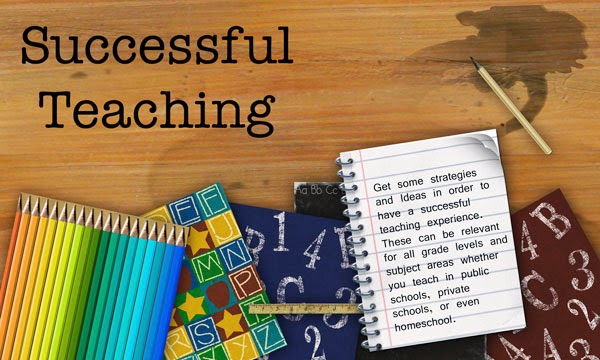

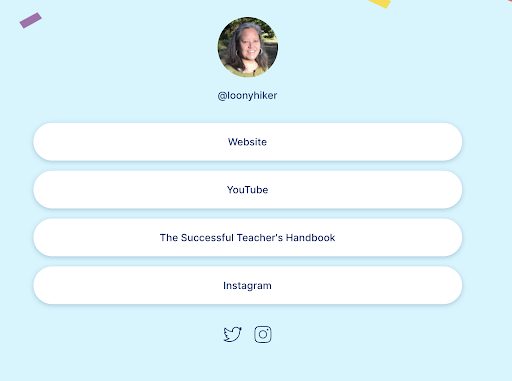


 In Self-Awareness: What Makes You…YOU?
In Self-Awareness: What Makes You…YOU?